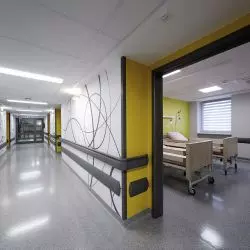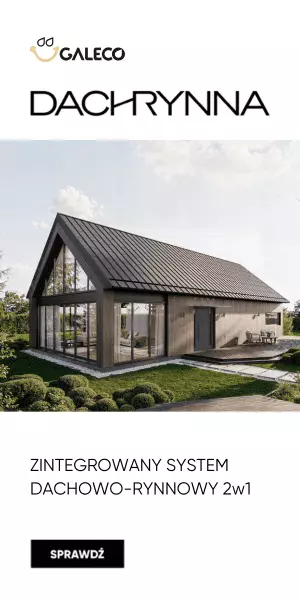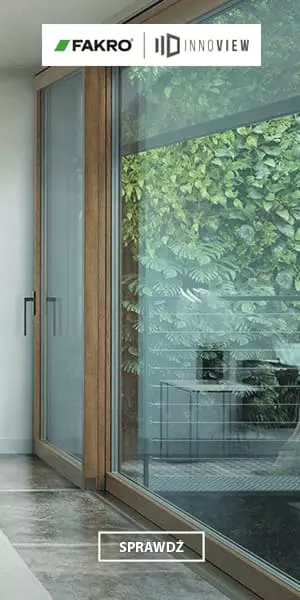Application
How an interior is designed will determine how functional, aesthetically pleasing and cozy it will be for the people staying in it. The use of the right materials and design elements will ensure that we create the perfect interior.
>is interior design really important?
Decoration and interior design are extremely important in order to create a space that we will want to stay in willingly and, above all, in which we will feel comfortable. Interior designers layout a space to make it as functional, aesthetically pleasing and cozy as possible. When arranging an interior, it is necessary to pay attention to all the details so as to optimally manage the space. The ergonomics of the room is very important. That's why it is so important to arrange the furniture, to properly maintain the distance between them, so as to create the best possible communication and technological passages, for example, in the kitchen.
how to create a functional room?
Designing interiors not only focuses on choosing the right colors, paint, floors, or walls, but we also need to consider the purpose of the room. If we are designing an office, it is worth taking care of its acoustics and maximum working comfort. That's why it is so important to use the right furniture to organize our space and enable us to work.
An extremely important element is also lighting. Appropriate natural as well as artificial. The focus here is not only on illuminating the room, but also on creating the right atmosphere. Sometimes it is not only the illumination of rooms that is important, but also the use of roller blinds, curtains, or other curtains so as to regulate the access of sunlight entering the building.
can aesthetics be functional?
Of course it can. Modern technological solutions make it possible to create interiors and buildings that are not only pretty, but also functional. On the one hand, we need to attract the customer with the aesthetics of interior design, using, for example, original floor or wall solutions, but on the other hand, we need to ensure the quality of functioning in a given space, using acoustic systems, lighting, air-conditioning, or resilient flooring, or the use of unconventional materials, such as perforated sheet metal in building facades.
how smart solutions work in public spaces?
Modern technology has significantly improved systems that are designed to facilitate and control human elements of the space in which we function. Depending on the purpose of the interiors, these will be different solutions. In the office, we will rather focus on plug sockets, media ports, or intelligent solutions for control and security.
A wide range of creation options are being offered to hotel designers. Guests are increasingly demanding, and hoteliers are outdoing themselves in attracting customers, so the mother in the creation of smart solutions, in this case, was the needs of customers. Nowadays, a guest himself using his smartphone can control the temperature of his room, the level of lighting, or control the music. Modern flush-mounted chargers make it possible to charge multiple devices at the same time, plugging only cables into the wall.
Smart solutions also have their uses in quite different areas. And so, it is increasingly common to find modern toilets in hotels that have self-cleaning, odor-removing features, or discreet orientation lighting that makes it easier to find your way to the toilet at night.
Intelligent solutions are also used in other areas.
Modern hotel automation not only makes guests' stay easier and more pleasant, but also makes employees' work easier. For example, you can remotely open appropriate areas of the hotel at designated times.
The use of appropriate elements depending on the purpose of the room, will allow you to design ideal and functional interiors.










































































